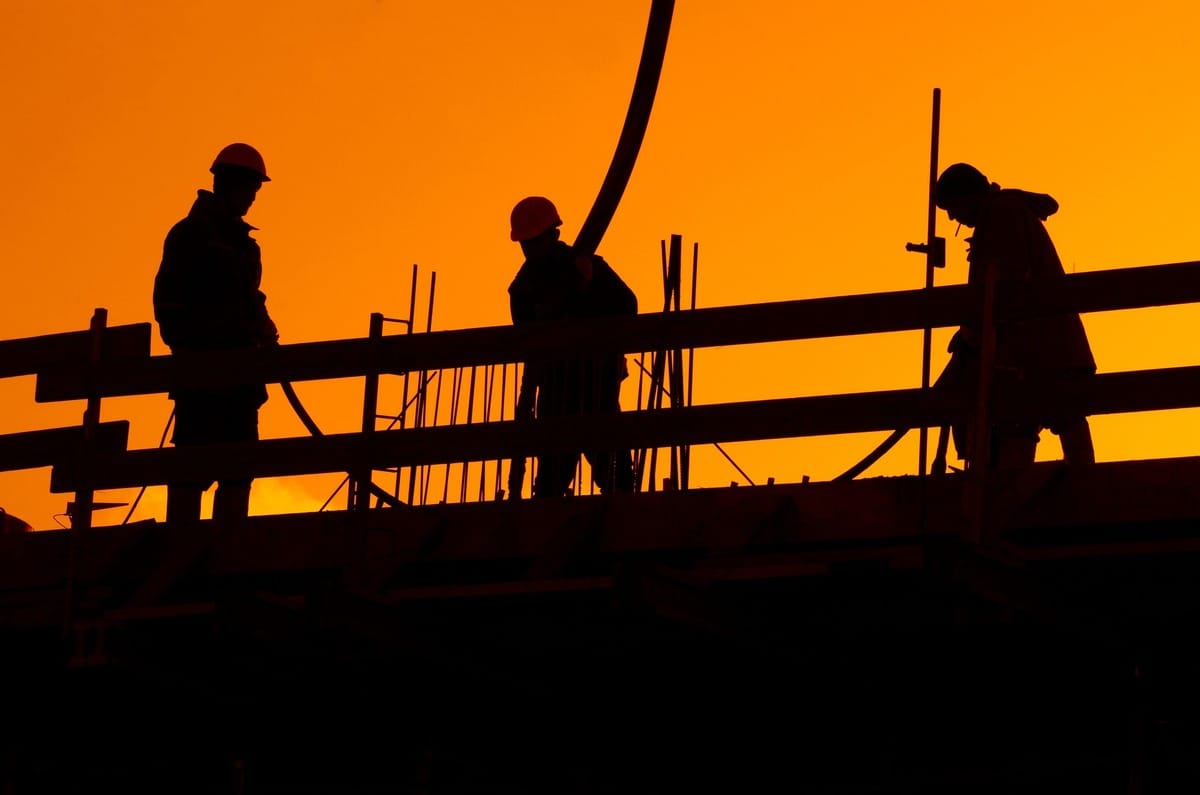- Full Brim Safety
- Posts
- Understanding the Giants - Common Hazards of Heavy Equipment
Understanding the Giants - Common Hazards of Heavy Equipment
Full Brim Safety: Build Smart, Build Safe

Understanding the Giants - Common Hazards of Heavy Equipment
Welcome back, let's Build Smart & Build Safe! This week, we're taking on the biggest players on the job site: Heavy Equipment. These powerful machines are essential for construction, capable of moving earth, lifting massive loads, and shaping our landscape. However, their sheer size and power also make them a top source of serious injuries and fatalities.
Understanding the unique hazards posed by heavy equipment is the first step in working safely around these giants.
Why is Heavy Equipment So Dangerous?
Despite their vital role, heavy equipment contributes significantly to construction accidents. The most common and often devastating types of incidents include:
Crush Injuries: Workers caught between equipment and another object, or between moving parts of a machine.
Struck-By Incidents: Workers hit by moving equipment, swinging loads, or falling materials.
Rollovers: Equipment tipping over, often due to unstable ground, excessive speed, or operating on slopes.
Falls from Equipment: Incidents while mounting, dismounting, or performing maintenance at height on the machine itself.
The Silent Threat: Limited Visibility and Blind Spots
One of the biggest inherent dangers of heavy equipment is the operator's limited visibility. Due to their large size, cabs, and attachments, operators often have significant blind spots where workers on the ground can disappear from view. Never assume an operator sees you.
Defining the "Danger Zone":
Every piece of operating heavy equipment creates a dynamic "danger zone" around it. This is the area where you are at risk of being struck, crushed, or otherwise injured by the machine or its load. This zone includes:
The swing radius of excavators and cranes.
The path of travel for dozers, loaders, and forklifts.
Pinch points on any articulated equipment.
Areas where materials are being loaded, unloaded, or lifted.
Recognizing these hazards and understanding that heavy equipment operates in its own unique "ecosystem" is crucial for your safety. Tomorrow, we'll shift our focus to operator safety – ensuring those behind the controls are as safe as possible.
Don't forget to sign your friends up for Full Brim Safety for your daily dose of construction safety tips!
-The Safety Man
